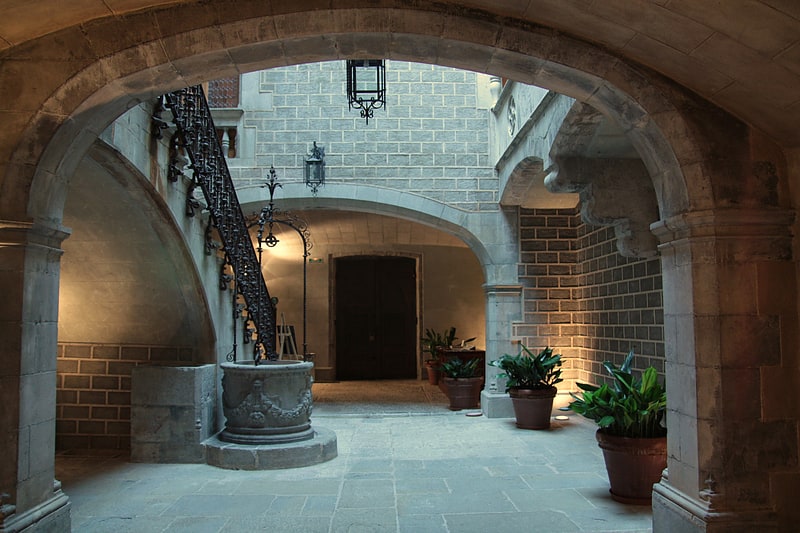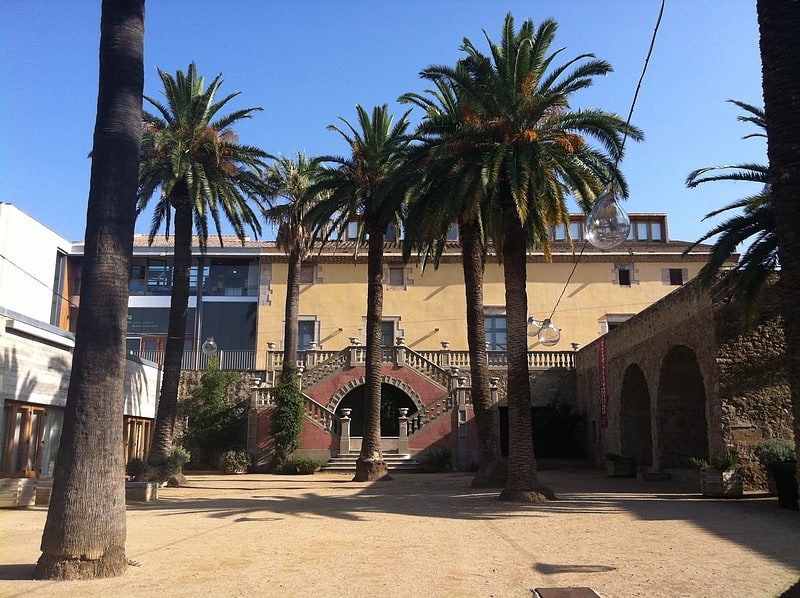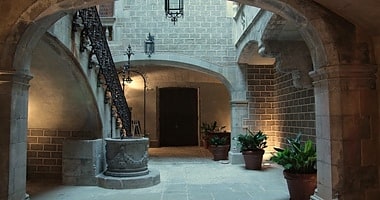Discover 4 hidden attractions, cool sights, and unusual things to do in Torroella de Montgrí (Spain). Don't miss out on these must-see attractions: Montgrí Castle, Museu Palau Solterra, and Museu de la Mediterrania. Also, be sure to include Palau Solterra in your itinerary.
Below, you can find the list of the most amazing places you should visit in Torroella de Montgrí (Catalonia).
Table of Contents
Montgrí Castle

Also known as: Castillo del Montgrí
Edifice in Spain. The Montgrí Castle is a historical edifice in Torroella de Montgrí, Catalonia, Spain, built between 1294 and 1301. Its reason to be was the existing conflict between the counts of Empúries - who ruled over most of the area around the town - and the counts of Barcelona, the most powerful of Catalonia at that time, who also had great power over the Mediterranean.
In order to control the moves of the counts of Empuriés, the court of Barcelona commanded Bernat de Llabià, the governor of the Royal town of Torroella de Montgrí, to supervise the building of a fortress on top of the Montgrí mountain. Work started in 1294 but the fortress was never completed as is obvious today. After those days, the fortress has lost its strategic value but has instead become a symbol of the region.[1]
Address: Camí dels Tras Pins, 17257 Torroella de Montgrí
Museu Palau Solterra

Also known as: Museo Palau Solterra
Museum in Torroella de Montgrí, Spain. The Palau Solterra Museum is one of the cultural centers of the Vila Casas Foundation located, located in the palace of the same name in Torroella de Montgrí, a town of the Baix Empordà region. It opened in 2000, and nowadays it houses about three hundred contemporary photographs of the city, artists from various parts of the world, including Chema Madoz, Alberto García Álix, Toni Catany, Otto Lloyd, Xavier Miserachs, Ouka Lele and Frank Horvat, among many others.
Annual exhibitions are organized and a series of conferences on history and humanities.[2]
Address: Carrer de l'Església, 10, 17257 Torroella de Montgrí
Museu de la Mediterrania

Also known as: Museo del Mediterráneo
Museum in Torroella de Montgrí, Spain. The Museum of the Mediterranean is a museum located in Torroella de Montgrí, founded in 2003, in an attempt to become an area for knowledge, reflection and research for the problems and worries that affect citizens in the 21st century. It is housed in Can Quintana, a 16th-century building. It is dedicated to the knowledge and communication of the Mediterranean Sea and uses the natural sounds, human sounds and music to show the reality of the land, the history and the culture of the village of Torroella, connected with the others Mediterranean cultures and towns. It pretends to become a site to think about the nearest territory and the main issues that affect the different Mediterranean nations.
It is also an Interpretation Centre of the Natural Park of Montgrí, Medes Islands and Lower Ter. Besides, it hosts the Documentation Centre of Montgrí, Medes Islands and Lower Ter and the Academic Chair of Littoral Mediterranean Ecosystems.[3]
Address: Carrer d'Ullà, 31, 17257 Torroella de Montgrí
Palau Solterra

Museum in Torroella de Montgrí, Spain. The Palau Solterra houses the Contemporary Photography Museum of the Fundació Vila Casas located in the town of Torroella de Montgrí in the Baix Empordà region of Catalonia. It was opened in 2000.
The collection comprises some 300 contemporary photographs with works by artists from around the world, including Chema Madoz, Alberto García Álix, Toni Catany and Otto Lloyd. In addition to the centre's permanent collection, temporary exhibitions and a cycle of conferences on history and humanities are held annually.
Related with the building, the Palau Solterra is a 15th-century palatial mansion that was once the residence of the Counts of Torroella de Montgrí.[4]